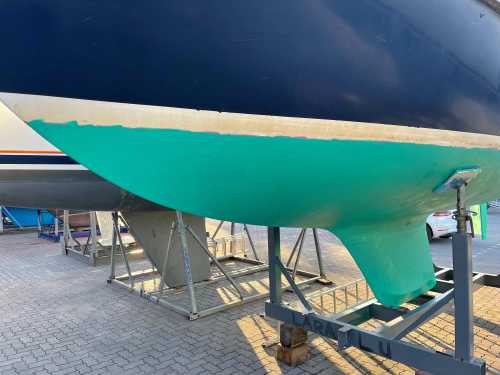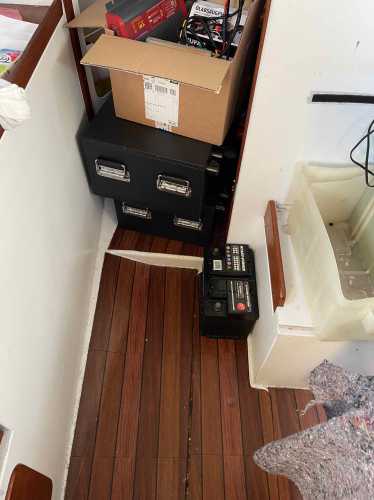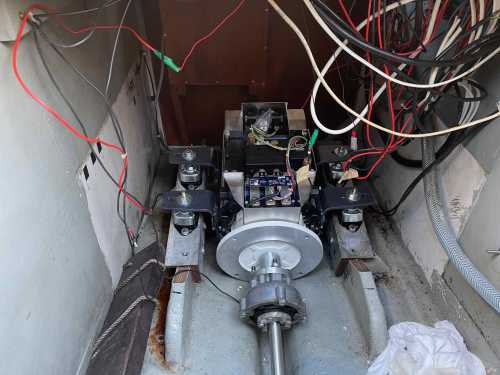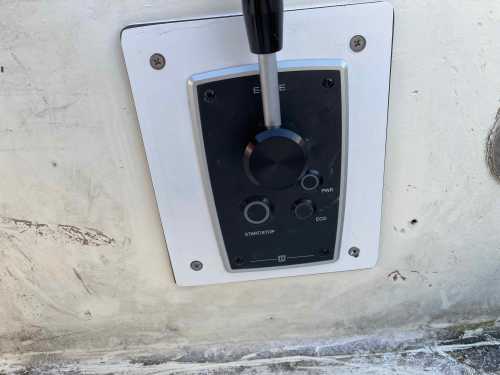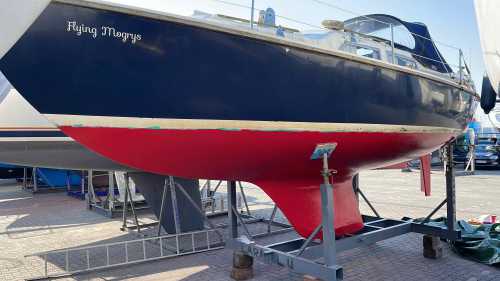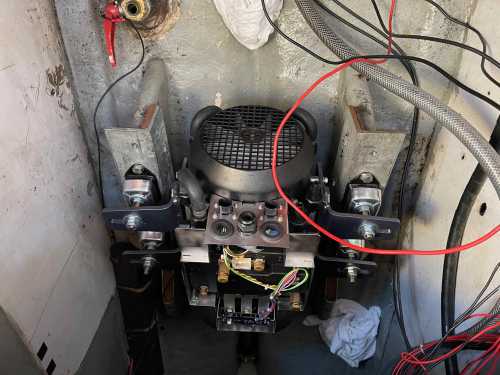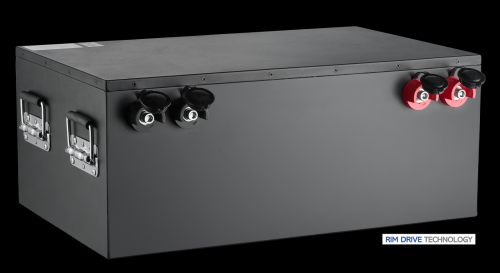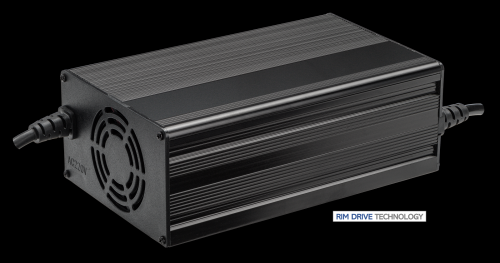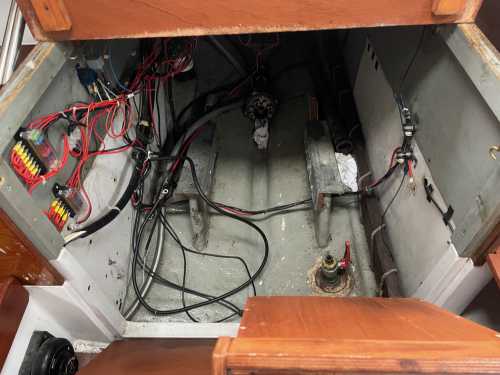The Flying Mogrys is now an electric Vessel!
Final update for converting the engine to electric.
Our crane date and expected completion should be March 29th, 2022.
Unfortunately, the propeller had not been delivered and I received
a cancellation shortly before this date. The vacation was
submitted....
I didn't get another vacation for the next crane appointment, so
the shipyard let our Mogrys into the water alone. Unfortunately,
the electrics were still not finished and the completion date kept
getting pushed back.
A joint test drive should follow on May 6th, 2022. Unfortunately
I didn't get any vacation again and the shipyard did it alone.
It was determined that the active water cooling pump was running
too loudly. This was immediately complained to the manufacturer
and should again mean a delay. Furthermore, one noticed that the
pump ran continuously as soon as the battery switch was flipped...
But we were allowed to do a test drive ourselves on May 8th, 2022
and drove early in the direction of Kiel. Appropriately in our eGolf,
of course :)
After we first had to look for our Mogrys, we made everything ready
for sea and started the engine for the first time.

After setting up the battery monitor on my cell phone, it started.
We drove north on the Kieler Förde in the best weather. The sails
were not used and we tried all load positions and looked eagerly at
the remaining run time and the power consumption.
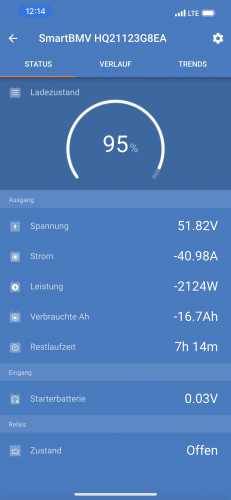
At 2000 watts against the wind and current we reached 3.6 - 3.8 knots.
On the way back with wind and current it went to 4.0 - 4.5 knots. I will
find out the remaining running time, but the first measurements brought
about 8 hours driving time...
Power consumption 5000 watts our Mogrys went to 5.9 knots and at
11000 watts to 7.4 knots and the bow came out of the water and the
cockpit filled with water from the bilge hole in the floor...
All speeds are of course above ground from the plotter and not
through the water.
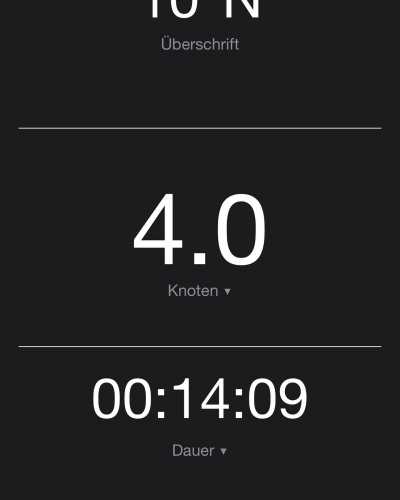
After docking, however, it was clear... It was the right decision
not to use diesel anymore.
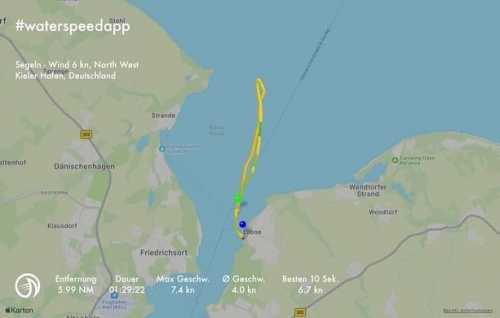
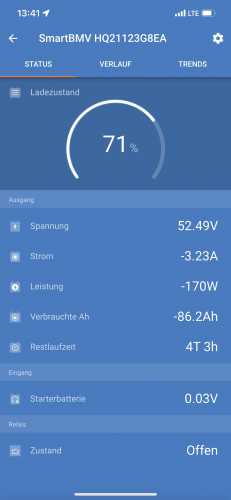
You can find out more about the progress in my next blog.
Veröffentlicht am 16.05.2022 11:38 Uhr. 0 Kommentare • Kommentar abgeben





